12 tech terms you need to know
Artificial Intelligence
Autonomous vehicle
Biometrics
Blockchain
-
A distributed digital ledger that records transactions.
Instead of different parties in a transaction keeping their own records of that transaction — which could potentially differ and cause confusion — blockchain creates one "master" record. This cannot be changed once a transaction has been recorded.
As technology giant IBM notes: "All parties must give consensus before a new transaction is added to the network."
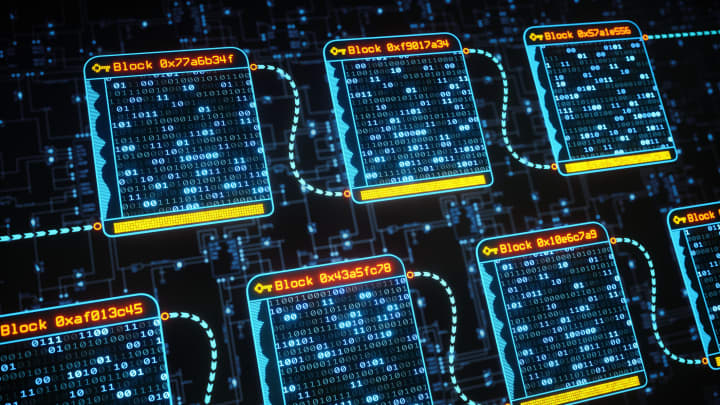 matejmo | iStock | Getty Images
matejmo | iStock | Getty Images
A distributed digital ledger that records transactions.
Instead of different parties in a transaction keeping their own records of that transaction — which could potentially differ and cause confusion — blockchain creates one "master" record. This cannot be changed once a transaction has been recorded.
Instead of different parties in a transaction keeping their own records of that transaction — which could potentially differ and cause confusion — blockchain creates one "master" record. This cannot be changed once a transaction has been recorded.
As technology giant IBM notes: "All parties must give consensus before a new transaction is added to the network."

matejmo | iStock | Getty Images
Cloud computing
Contactless
-
A cashless method of paying for goods and services. In the U.K., contactless payment technology can usually be used for payments of £30 or under, although there are some exceptions.
Contactless payment technology can be incorporated into a range of devices, from debit and credit cards to smartwatches and smartphones.
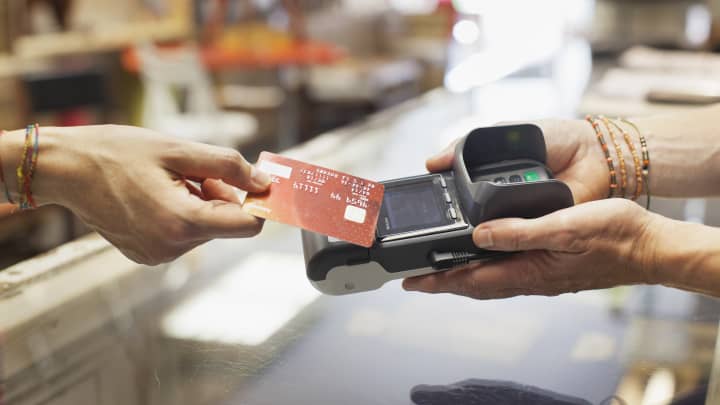 Frank van Delft | Cultura | Getty Images
Frank van Delft | Cultura | Getty Images
A cashless method of paying for goods and services. In the U.K., contactless payment technology can usually be used for payments of £30 or under, although there are some exceptions.
Contactless payment technology can be incorporated into a range of devices, from debit and credit cards to smartwatches and smartphones.

Frank van Delft | Cultura | Getty Images
DDOS
-
DDOS stands for Distributed Denial of Service. The U.K.'s National Crime Agency (NCA) says that DDOS attacks take place when a group of "compromised, controlled computers" send messages to another computer or server simultaneously.
The messages are sent involuntarily – that is to say without the consent of the computer's owner – the NCA adds. DDOS attacks are malicious and can make websites slow down and crash, making them inaccessible to users.
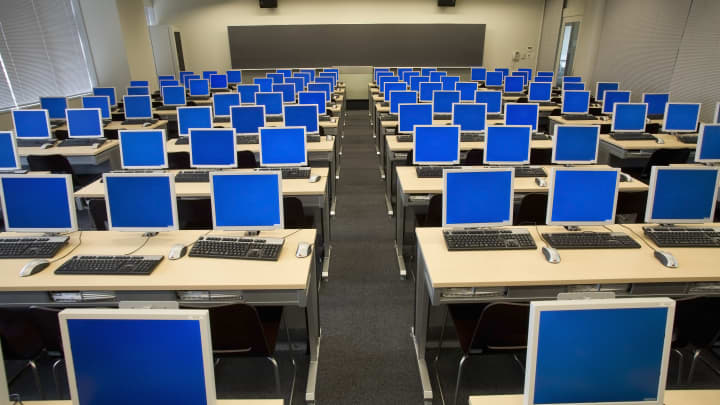 Hisayoshi Osawa | The Image Bank | Getty Images
Hisayoshi Osawa | The Image Bank | Getty Images
DDOS stands for Distributed Denial of Service. The U.K.'s National Crime Agency (NCA) says that DDOS attacks take place when a group of "compromised, controlled computers" send messages to another computer or server simultaneously.
The messages are sent involuntarily – that is to say without the consent of the computer's owner – the NCA adds. DDOS attacks are malicious and can make websites slow down and crash, making them inaccessible to users.

Hisayoshi Osawa | The Image Bank | Getty Images
Fintech
-
An amalgamation of the words "financial" and "technology."
According to the Central Bank of Ireland, fintech "describes the use of technology to deliver financial services and products to consumers."
Examples of fintech include mobile banking and contactless payments.
 Simon Maina | AFP | Getty Images
Simon Maina | AFP | Getty Images
An amalgamation of the words "financial" and "technology."
According to the Central Bank of Ireland, fintech "describes the use of technology to deliver financial services and products to consumers."
Examples of fintech include mobile banking and contactless payments.

Simon Maina | AFP | Getty Images
Hydroponics
-
As the Royal Horticultural Society states, hydroponics refers to "the science of growing plants without using soil, by feeding them on mineral nutrient salts dissolved in water."
Some hydroponic systems are located underground and use LED technology to grow crops such as micro greens and salad leaves throughout the year.
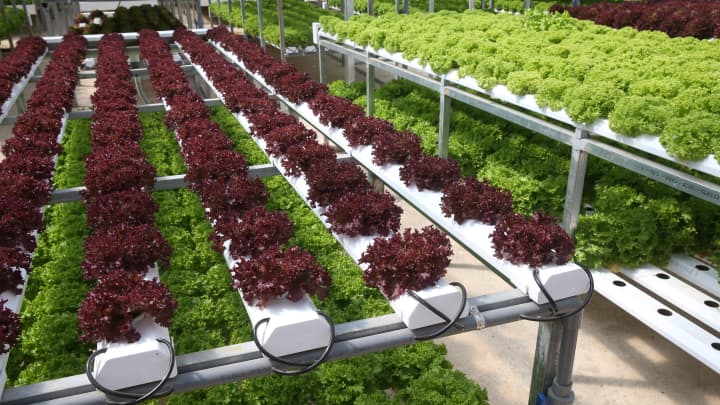 Godong | Universal Images Group | Getty Images
Godong | Universal Images Group | Getty Images
As the Royal Horticultural Society states, hydroponics refers to "the science of growing plants without using soil, by feeding them on mineral nutrient salts dissolved in water."
Some hydroponic systems are located underground and use LED technology to grow crops such as micro greens and salad leaves throughout the year.

Godong | Universal Images Group | Getty Images
Internet of things
-
The European Union describes the internet of things as merging "physical and virtual worlds, creating smart environments."
Think of devices that are connected to the internet and able to "talk" to one another. One example would be a thermostat in your home that you control with your smartphone from your office.
 Dong Wenjie | Moment | Getty Images
Dong Wenjie | Moment | Getty Images
The European Union describes the internet of things as merging "physical and virtual worlds, creating smart environments."
Think of devices that are connected to the internet and able to "talk" to one another. One example would be a thermostat in your home that you control with your smartphone from your office.
Think of devices that are connected to the internet and able to "talk" to one another. One example would be a thermostat in your home that you control with your smartphone from your office.

Dong Wenjie | Moment | Getty Images
Wearables
-
Wearable technology includes devices like smartwatches and fitness bands.
These devices are usually connected to the internet and can carry out a range of tasks, from paying for goods and services using contactless technology to monitoring and analyzing a user's heart rate.
 VCG | Visual China Group | Getty Images
VCG | Visual China Group | Getty Images
-
Wearable technology includes devices like smartwatches and fitness bands.
These devices are usually connected to the internet and can carry out a range of tasks, from paying for goods and services using contactless technology to monitoring and analyzing a user's heart rate.

VCG | Visual China Group | Getty Images




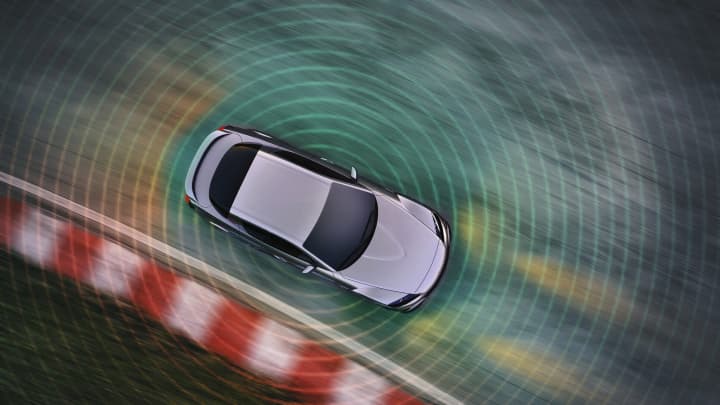


0 Comments